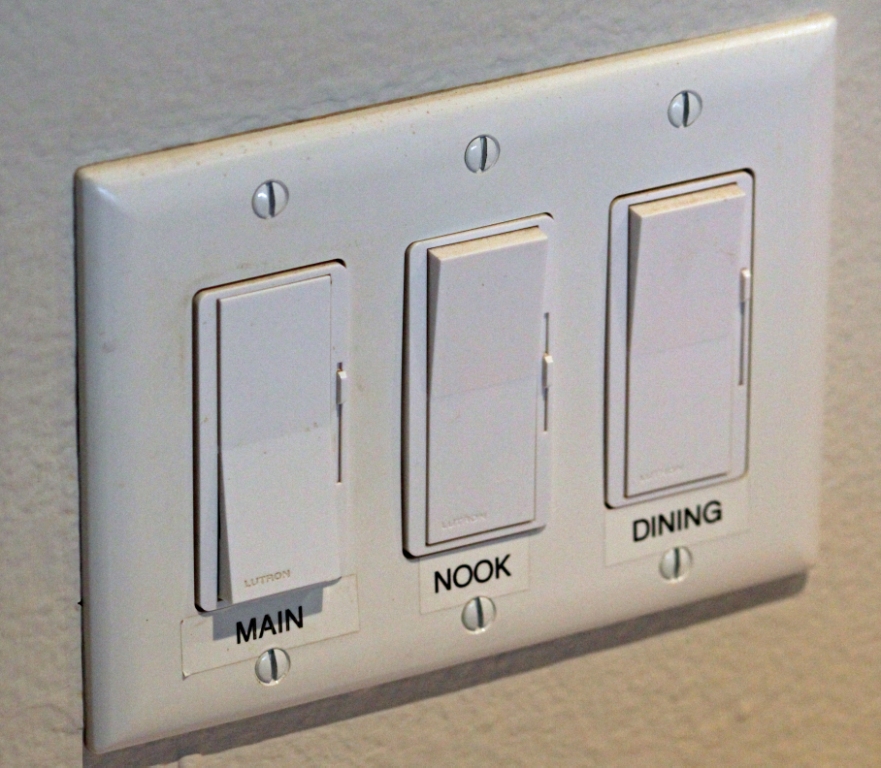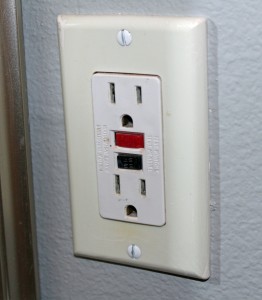November 12, 2013
One of the big benefits of building a new home is that everything will be installed to meet the latest advances in the building code. But some of you might not be ready to build your dream home just yet. In the mean time, how do you know if your current electrical system is safe for your family? According to the U.S. Fire Administration, home electrical problems account for 26,100 fires each year equating to $1 billion in property losses. So it’s extremely important that homeowners update and maintain their home wiring to keep their family and home safe.
Home Wiring Red Flags
What types of things should you look for to identify potentially dangerous conditions? Below are the more obvious warning signs that a problem exists with your home wiring.
- Reoccurring tripped circuit breakers or blown fuses
- Burning smell coming from wiring or appliances
- Tingling feeling when you touch an outlet or appliance
- Flickering lights
- Sparks from an outlet
- Warm or Discolored electrical outlets
- Moisture damage leading to electrical system degradation
- Outdated wiring or newer wiring with damaged wire insulation
- Cracked or broken wall outlets
For more details on identifying potential fire hazards in the electrical system in your home, check out the U.S. Fire Administration website.
Electrical Code Changes
A couple of the more recent changes to the electrical code make our new home wiring considerably safer. Although they add some cost to a new home build, the additional benefits more than compensate for the budget increase. Your existing home typically isn’t required to meet these new code requirements unless you take on a remodeling project. However, you may still want to consider adding these to decrease the likelihood of fire or electric shock in your current home. Here are two of the biggest changes to the national electrical code in the past six years…
- GFCI – Ground fault circuit interruptors are used where a water source is in close proximity to electrical. This would include bathrooms, kitchens, sinks, garages, basement, exterior outlets…etc. Basically, the GFCI quickly shuts off the flow of electricity in a circuit when it senses any loss of current. This helps prevent electrical shock or electrocution. These GFCI’s can be installed in the outlets themselves or within the main service panel. In some cases, one GFCI protects multiple outlets on a given circuit so if you don’t see one at the outlet, check to see if another GFCI is protecting that outlet. For example, in some cases builders use one GFCI to protect multiple bathrooms. So if an outlet is not working, you may need to check the other bathrooms to reset the GFCI.
- AFCI – Arc fault circuit interruptors protect against an electrical arc. An arc is a problem created by overheated, damaged, or stressed electrical wiring. Much like the ground fault circuit interruptor, the AFCI quickly shuts down the circuit if a problem is detected. These are currently installed in bedrooms, dining rooms, dens, closets, hallways, libraries, and family/living rooms…etc.
Inspection
Many people are intimidated by home wiring and prefer to leave the maintenance, installation and repair to the professionals. If so, you may want to contact a licensed, local electrician to review your existing home wiring to look for any possible unsafe conditions.
If you want to completely upgrade to a new home along with the wiring, be sure to check out our new e-book, Building a Home: A Step by Step Guide. We break down a complicated process into the steps needed to get the job done right.



